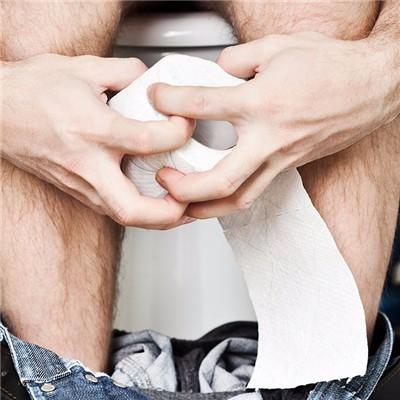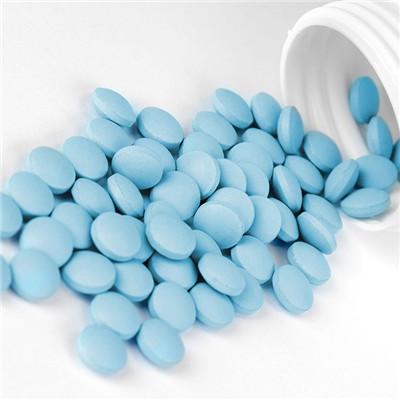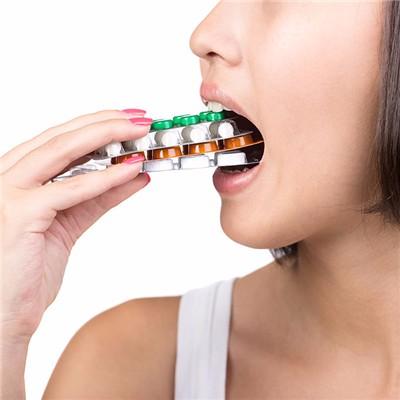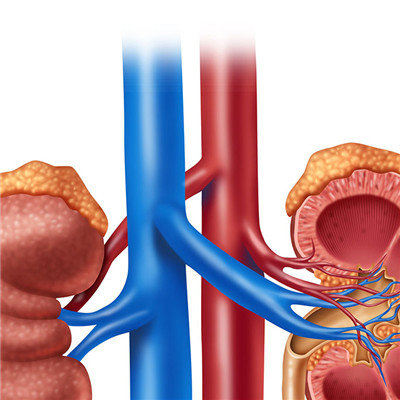How to see picture of neonatal jaundice?
summary
Neonatal jaundice can be divided into light and heavy. If the child's jaundice deepens and worsens in a short period of time, parents should pay attention to it immediately and see a doctor in time. Newborn babies will appear physiological jaundice, of course, there are pathological jaundice, neonatal parents generally do not know how to distinguish neonatal jaundice, how to see neonatal jaundice picture? Let's talk about it.
How to see picture of neonatal jaundice?
Jaundice appeared 2-3 days after birth. The symptoms were mild yellowing on the face, trunk and limbs, which subsided within one week. This is physiological jaundice, can not cure itself. Some jaundice is very slight, not careful observation, even can not see. Some jaundice is very deep, lasting for a long time, ranging from half a month or more than 20 days, showing jaundice retention phenomenon. Premature infants or newborns with hematoma and asphyxia were the most common. But as long as the milk is good, the spirit is normal, the urine and stool are normal, and the jaundice gradually fades, which also belongs to the scope of physiological jaundice, there is no need to panic.

If the child is born with jaundice and deepens rapidly, but the lip mucosa is very pale, breathing and heartbeat are particularly rapid, this is due to maternal and child blood incompatibility caused by neonatal hemolysis, need to be sent to the hospital. Jaundice, progressive or intermittent deepening, accompanied by fever, pale complexion, no feeding, nausea, vomiting and other toxic symptoms, may occur in a certain part of the body with bacterial infection, resulting in neonatal sepsis.

There is no jaundice at birth. Jaundice occurs in 1-2 weeks or longer after birth. It deepens progressively and sucks well. For example, the stool is still light yellow on the first few days, but with the deepening of jaundice, the stool gradually turns white and looks like clay. This is a kind of obstructive jaundice. Need to send to the hospital for detailed examination, there may be congenital biliary atresia.
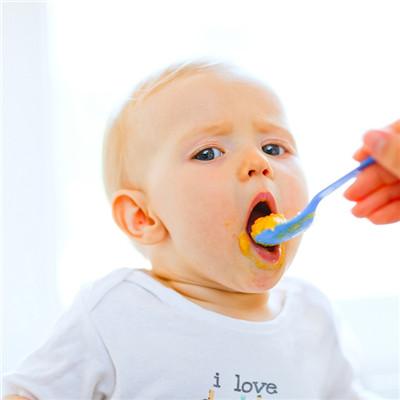
matters needing attention
In the early stage, we should feed the newborn as soon as possible, so that the feces can be excreted as soon as possible, because the feces contain a lot of bile flavins. Another point is to give the newborn adequate water. The way to judge whether the newborn's liquid intake is adequate is to look at the newborn's urine. Generally, a normal newborn has 6-8 times of urine a day. If the frequency is insufficient, his liquid intake may not be enough, and too little urine is not conducive to the excretion of bilirubin.



